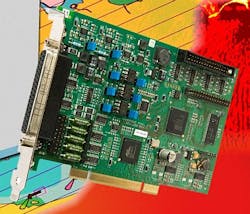LITLINGTON, England, 4 April 2012. Cambridge Pixel in Litlington, England, is introducing the SPx-ECDIS radar kit to enable systems integrators building Windows-based electronic chart display and information systems (ECDIS) for commercial ships to add radar interfacing, scan conversion, chart display, target tracking, a Global Positioning System (GPS) interface, as well as record and replay into their ECDIS solutions.
ECDIS integrates and displays information from electronic navigational charts and digital nautical charts with other navigational sensors such as radar to provide continuous position and navigational safety information.
Cambridge Pixel introduced the SPx-ECDIS kit in response to new International Maritime Organisation regulations taking effect this July that require most large passenger ships, tankers, and cargo vessels to integrate ECDIS into bridge procedures. As many as 45,000 ships will be fitted with ECDIS between 2012 and 2018, Cambridge Pixel officials say.
Cambridge Pixel's SPx-ECDIS kit contains many of the components necessary to build a system. The radar interface is based on the HPx-200C PCI card or HPx-200Ce PCI Express card, and works with a wide range of radar signal types, company officials say.
For radar display, the SPx-ECDIS has a radar scan converter that presents a plan position indicator (PPI) radar display image with configurable view, color, brightness, persistence, and trail history. The scan converter provides options for combining the radar with underlay/overlay graphics from navigational charts.
The kit enables the ECDIS to handle the radar, or provide S57 chart display capability. The built-in target tracker processes the radar video to extract and follow targets of interest. The acquisition of targets can be manual or automatic. The areas of target acquisition can be programmed as latitude/longitude polygons or the software can use a built-in map database to support acquisition of targets at sea, while suppressing video returns over land.
For more information contact Cambridge Pixel online at www.cambridgepixel.com.
Follow Military & Aerospace Electronics and Avionics Intelligence news updates on Twitter



